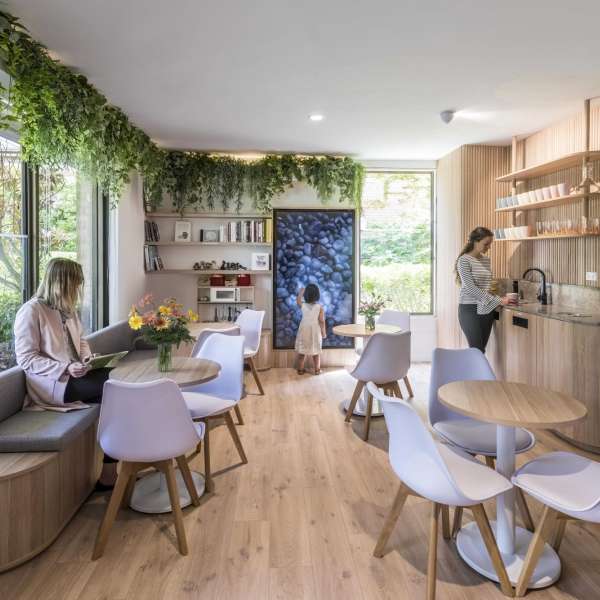
Everyday meditation
It's not always easy to meditate. As you'll know if you've ever tried to sit still and let your mind go blank....
...that's because the thinking mind doesn't like to go blank, it likes to think. It's very good at thinking and doesn't see any reason to stop. In fact thinking is all your mind knows how to do.
So you can forget trying to stop thinking. That's unlikely to happen.
What then?
There is a principle in spiritual and personal growth work: when you want to let go of something, don't try to let go. Instead, go to the new thing. In this case, that means going to a place in yourself that's already not thinking.
You know that there's more to your identity than mental activity, even if you don't have words for it. There is a spectrum of consciousness, a great ocean of things at many levels. The thoughts you know so well, your emotions and personality, are relatively surface level. Beneath the surface your consciousness-ocean is swimming with myriads of unseen things, from long-forgotten past experiences to higher aspects of yourself such as intuition and spiritual vision.
The trick – or more correctly, the essence – of meditation is not to get the mind to stop, but to stabilise yourself in a different frequency of the consciousness spectrum, away from the level of non-stop mental chatter and towards silence.
For meditation to work well, where you need to be is in the inner space.
You've probably already been in the inner space. For example in the time just before sleep, when thoughts merge into images and thinking becomes feeling; that's the inner space. It's a state where feeling and being take over from thinking. The space is dark and yet somehow luminous, peaceful and yet revitalising. Vast and still, comforting and familiar. The space is always there, behind the noise of mental chatter.
How, you ask, do you get into the inner space?
You could try relaxing, taking a nap or a meditation break and you might spontaneously find yourself there. But there is also a systematic way to access the inner space. It's a technique taught by the Clairvision School of meditation, and used by the IST practitioners when working with their clients.
Instead of thinking you 'should meditate', think about starting each day with some precious time in the inner space. Sitting regularly does require a bit of discipline and less time spent sleeping in. But the benefits are worth it. Over time you find you inner reserves of resilience steadily building, and you have greater capacity to deal with the things life throws at you, from professional challenges to finding peace when the kids are creating chaos.
Regular meditation also puts you in touch with a foundation of inner stillness, where you find profound and subtle parts of yourself. And that becomes a background that stays with you all day.
Such a good way to begin each day!
Talk to Ruth-Helen about meditating in the inner space: http://ruthhelen.com/
To read more about the well researched benefits and neuroscience of meditation, click here just as an example.
And check out for free Meditation, Portal to Inner Worlds (MPIW). Portal to Inner Worlds is a four-part meditation course designed to take people (including people with no meditation background) into experiences of consciousness. This four-part series consists of 2 talks and 2 guided meditations, as well as music to facilitate deep third eye states.
The Covid-19 virus is making people re-evaluate their lives. For some it has become an opportunity to turn inside.
